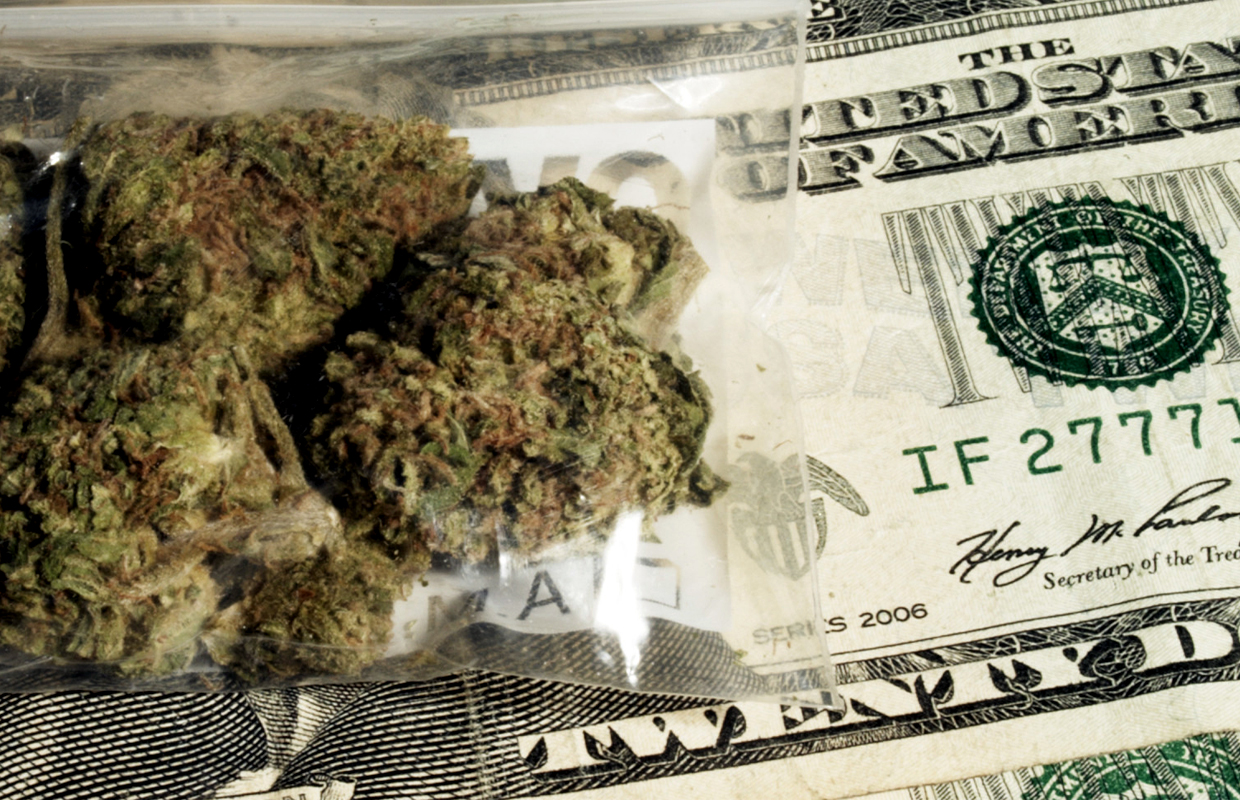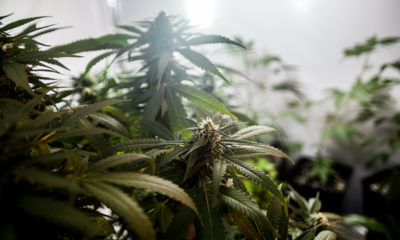
Economics
Colorado Marijuana Tax Loophole Shortchanges School Fund
Contrary to what most believe, a large majority of the revenue generated over the past several months from Colorado’s retail cannabis trade has gone untaxed because of an oversight in Amendment 64. This, in turn, has caused the state to miss out on millions of dollars originally intended to fund the building and renovation of schools.
When Colorado voters passed Amendment 64, legalizing adults over the age of 21 to use marijuana, they also approved a plan that allotted the first $40 million in annual excise tax revenue to the state’s school construction fund. Yet, sources indicate that only around $10 million is currently sitting in the state coffers due to a loophole in the voter-approved initiative that provides a one-time tax shelter for medical marijuana licensees wanting to slide over to retail.
There is speculation that this deficit should experience an increase once the market has an opportunity to mature, especially in the next few years when fewer dispensaries are able to reap the benefits of this one-time tax escape clause. However, others fear the projected $40 million is a pie-in-the-sky figure that will never be collected.
It has been suggested that regulators of Amendment 64 simply fluffed the numbers to wave them around in the faces of voters, like a proverbial carrot, to ensure a huge turn out at the polls in order to establish the first statewide cannabis market in America.
According to an article in The Denver Post, Colorado lawmakers made the same promises in 2008 with the gaming expansion proposal, Amendment 50. This proposal promised a five-year plan in which the state would collect $182 million to be distributed to local colleges. Yet, as the article points out, the state only managed to collect roughly $25 million in its fiscal year of 2012-13.
“The marijuana excise tax revenues would certainly grow if the loophole that was created by regulators to launch the industry was closed,” writes Jeremy Meyer, with The Denver Post. He claims there are nearly 275 more license-holders eligible to take advantage of this tax shelter.
So, why did Colorado seemingly shoot itself in the foot by establishing a regulation that essentially takes money out of the state’s pocket? Believe it or not, the law was put into place to ensure a sufficient marijuana surplus was available when the market officially opened for business in January. To do this, state regulators gave those businesses transferring medical marijuana licenses to the retail sector a one-time pass on paying taxes on their raw inventory. This move has made the launch of Colorado’s pot market more successful than what we have seen in Washington state because their retail crop was not forced to come straight from seed.
Reports indicate that medical marijuana dispensaries transferred nearly 10,000 pounds of weed to the retail market without being forced to pay taxes, with an addition 9,000 pounds of tax-free medicinal herb making its way to cultivation centers. Incidentally, this supply could have contributed an extra $3 million to Colorado schools, which is two times more than what the state has collected thus far.
Members of the Public School Capital Construction Assistance Board (PSCCA), which approves grants across the state for schools seeking help with construction projects, were under no illusion that predicted funds would be lower than anticipated after seeing a financial analysis of the pot market from February.
“The first month we were thinking we were going to be rolling in cash,” said Kathy Gebhardt with the PSCCA. “Then the second month it was, ‘Wait a minute. We are only getting a fraction of what we thought we were going to get.’”
Gebhardt says the system is not at all what voters envisioned when they approved recreational marijuana.
“I don’t think anyone who voted for [Amendment 64] thought this would happen,” she said. “They thought [the money] would go to school kids. This is coming at the expense of kids in really needy school districts.”
Although marijuana regulators forecasted heavy gains for the Building Excellent Schools Today (BEST) fund, pot excise taxes have only contributed to roughly 1 percent of its revenue.
To put this in perspective, while the fund sits on $10 million in tax revenue directly attributed to retail reefer sales, it has generated over $385 million over the past few years — 90 percent of it coming from the State Land Trust. All of this money was budgeted this year around the state in an effort to make repairs to school roofs as well as upgrade a number of boiler systems.
When voters approved Proposition AA in 2013, they decided the state would impose a 15 percent excise tax on the cannabis industry’s retail division. But the loophole comes into play with Amendment 64, which states that medical marijuana is not subject to the excise tax. So, all of the medical marijuana — almost 20,000 collective pounds — has slipped through the cracks and essentially become tax proof.
The need for tax-free transfers is no longer necessary to sustain the Colorado marijuana trade, which some believe is reason enough to stop this practice and move in to a more profitable venture as it was sold to the voters several years ago. State lawmakers claim the loophole was the product of assembling the industry without any kind of template, while being forced to make it happen in a limited amount of time.
Incidentally, this debacle will likely be snuffed out in the near future. Supposedly, there is already a bill in the works that would put an end to tax-free transfers in 2016. Yet, some believe this is not soon enough to repair a broken system that is responsible for preventing millions of dollars from being put in the pockets of Colorado schools.
What do you think of the tax loopholes in Colorado? Tell us your thoughts in the comments.





















